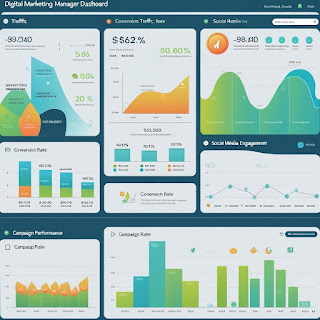
Indian_consumer_in_Digital_World Here are the unique characteristics of the Indian consumer : Highly Price-Sensitive – Looks for value for money and bargains. Diverse Preferences – Varies widely across regions, languages, cultures, and income levels. Mobile-First & Digitally Savvy – Accesses internet mainly via smartphones, embracing digital payments and e-commerce. Family-Centric Decision Making – Purchases often influenced by family and community opinions. Festival & Occasion-Driven Buying – Shopping spikes during festivals and special occasions. Aspirational & Brand-Conscious – Seeks global brands but at affordable prices. Hybrid Buying Behavior – Researches online but often purchases offline (ROPO). Preference for Localized Products – Prefers products tailored to local tastes, languages, and cultural nuances. Youth-Driven Market – Over 50% under 30, tech-savvy and experimental consumers. Trust & Relationship-Oriented – R...






